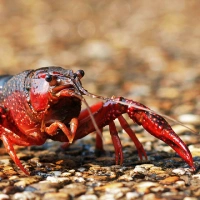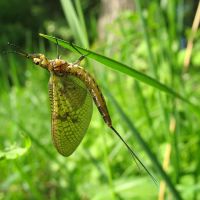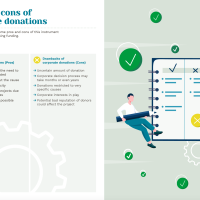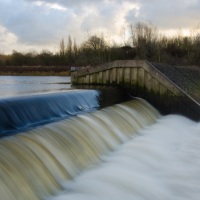World’s largest salmon face extinction
A new report reveals that all 5 species of the world’s largest salmon group, the taimen, are threatened with extinction due to over-fishing and habitat loss.

Sakhalin taimen. This particular species of taimen featured in the IUCN list of the 100 most threatened species.
Tasty, healthy and fun to catch, salmon are one of the best known fish in the world. But a new report about the status of the largest type of salmon in the world, the giant freshwater taimen, shows that they are threatened with extinction. The report, which was prepared by a team of international scientists, was released last week by the IUCN and highlights significant challenges in the efforts to conserve these amazing fish.
The taimen are pretty remarkable creatures. They can live up to 30 years of age and have been known to grow to over 2 metres in length, making it one of the biggest of any freshwater fish in the world. But not only are these unique salmon huge, they’re also very ancient. It is commonly thought that the taimen are the evolutionary grandparents of the modern-day salmon and trout with which we are most familiar.
What is probably the most fascinating fact about these enormous salmon is their diet, or perhaps more appropriately, their prey. The taimen are also commonly known as the ‘river wolf’ because of their giant size, ferocious appetite and the surprisingly diverse array of prey that they feed on. Waterfowl, bats, adult salmon and other fish, and even unsuspecting small mammals that are unfortunate enough to wander into a taimen infested river! In many river ecosystems that they inhabit the taimen act as the top predator and as such play a crucial role in the functioning of these ecosystems.
There are 5 species of taimen and their range is largely to restricted river systems in the far-east and Siberia and one species found in the Danube in Europe. One species, the Sakhalin taimen, was also featured in the list of the world’s 100 most threatened species released last month, which was discussed here. Of these species all are either threatened with extinction, or because of their limited habitat range there is insufficient data to know for sure. The Sichuan taimen, for example, is restricted to just a single river system in China in the same region as the giant panda clings on to existence. The Korean taimen is also only found in one river system and very little is known about the status of this species.

Because these salmon are so unique and rare, and because of their huge size, they are highly prized catches for sport fishing. Unfortunately, over-harvesting and over-fishing is one of the biggest threats to the survival of this fish. The other big pressure of these species is habitat destruction, whether due to logging, erosion, or damming.

Sakhalin taimen in Hokkaido, Japan. Photo: Wild Salmon Centre
The report recommends establishing freshwater protected areas in which restrictions on habitat destruction and (over-)fishing would be put in place. Freshwater protected areas are still a fairly novel idea in conservation, but could perhaps build on the recent success of marine protected areas (MPAs). The development of freshwater protected areas is recognised as one of the best ways to protect species that live in freshwater ecosystems such as free-flowing river systems and would not only be of benefit to just fish such as the taimen, but a range of other threatened freshwater species as well.
Pete Rand, chair of the IUCN Salmon Specialist Group, said the report was “sobering” and that it “underscores the need to take immediate action, at a broad, international level, if these fish are to survive into the future.” If we are to be successful at protecting these species then “we need to continue to push for establishing protected areas throughout their range”, said Rutgers University Professor Olaf Jansen, a member of the international assessment team.














